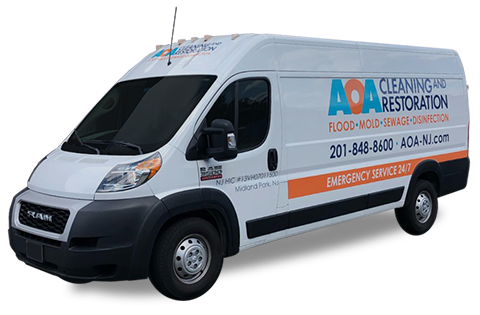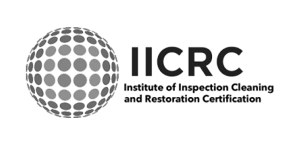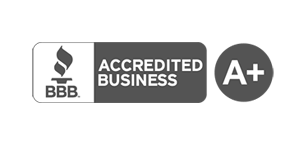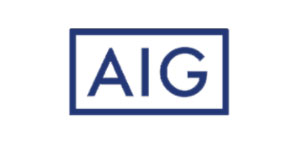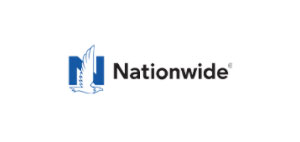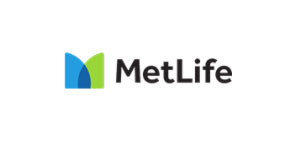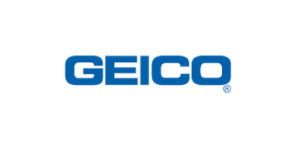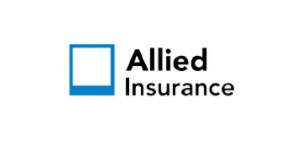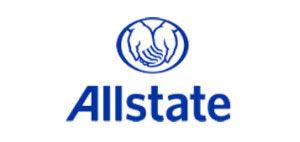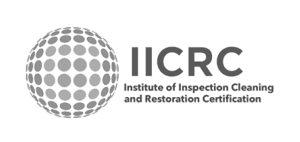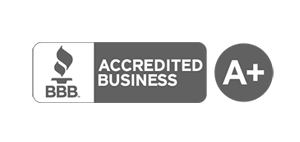We’ve gotten the phone call many times before. An exasperated homeowner or business owner says something like this:
“We’ve had a water leak, and it smells musty and moldy.”
“I’m concerned about the furry black stuff I see in our bathroom.”
“My wall looks soft and I see black streaks on the walls.”

Unfortunately, where there’s a little mold, there’s usually a lot of mold. Most homeowners who call us want to know what they should do to protect their health and fix the problem. Mold, after all, can be dangerous to your health. The important thing to understand, however, is how to proceed once you’ve identified mold in your home. Here are a few tips:
Try to identify the source.
If possible (and without disrupting the mold), try to figure out where the problem started. Mold is usually pretty easy to spot, but other signs to look for include cracked, peeling paint, loosening of drywall tape, and warped ceilings and walls. Sources of mold include high-humidity areas, damp basements or attics, water damage and leaking, condensation buildup, and blocked gutters.
Don’t DIY.
While you might want to deal with mold yourself, there are big reasons not to. First, most household products are too weak to kill much more than a small mildew infestation. A larger colony of mold needs a highly corrosive agent, and this type of chemical is harmful to work with if you don’t have the right tools and protective gear.
Call an expert.
Mold removal done right should comply with the Environmental Protection Agency’s mold remediation guidelines. Companies that use these methods—like AOA Cleaning and Restoration—are educated on best industry practices and trained on safety precautions. They also use the right remediation equipment that guarantees that mold-infested areas are 100% treated and the spores eradicated.
A few things to remember about mold are that while mold needs moisture to start growing, it can continue to grow even if an area dries out. Also, bleach does NOT kill mold. It gets rid of the appearance of mold, but it only temporarily strips away the melanin compounds from the mold’s membrane.
Lastly, the bleach treatment actually makes mold worse. How? The mold detects the bleach’s high pH as a chemical attack. The mold defends itself with a strong membrane and exoenzymes. Those enzymes render the bleach ineffective by turning chemicals into fungal food! Worst of all, bleach is toxic. When it is applied to sheet rock or drywall, you’re certain to have at least a week of chlorine gas in your home.
Bottom line: mold removal is a job for professionals. AOA Cleaning and Restoration can help. Call us at 201-848-8600. Our mold remediation team is certified by the Institute of Inspection Cleaning and Restoration Certification, the American BioRecovery Association and the Restoration Science Academy.
We’ll come do a mold assessment and proceed with a professional mold removal remediation plan that uses the best methods, equipment, and products.
